Refinish varnished floor
jefsboys
13 years ago
Featured Answer
Sort by:Oldest
Comments (11)
aidan_m
13 years agojefsboys
13 years agoRelated Professionals
Gardner Carpenters · Kissimmee Carpenters · Lexington Carpenters · South Miami Carpenters · Fort Pierce Flooring Contractors · Green Bay Flooring Contractors · Mukilteo Flooring Contractors · Napa Flooring Contractors · Norton Flooring Contractors · Owings Mills Flooring Contractors · Roselle Flooring Contractors · Taunton Flooring Contractors · Mansfield Furniture & Accessories · Rockville Furniture & Accessories · La Mirada Furniture & Accessoriesaidan_m
13 years agobigdoglover
13 years agolazy_gardens
13 years agojefsboys
13 years agojefsboys
13 years agoboisenoise
10 years agoDebbie Downer
10 years agoboisenoise
10 years ago
Related Stories

GREAT HOME PROJECTSWhat to Know Before Refinishing Your Floors
Learn costs and other important details about renewing a hardwood floor — and the one mistake you should avoid
Full Story
GREAT HOME PROJECTSHow to Refinish a Wood Deck
Keep your deck looking its best — and save feet from splinters — by applying a new stain and sealant every year or so
Full Story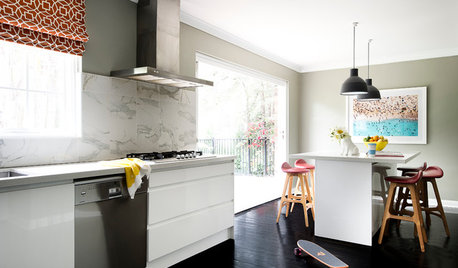
FLOORS11 Distinctive Finishes for Original Floorboards
Whether you go for glossy, painted or matte boards, make your wood floor the star
Full Story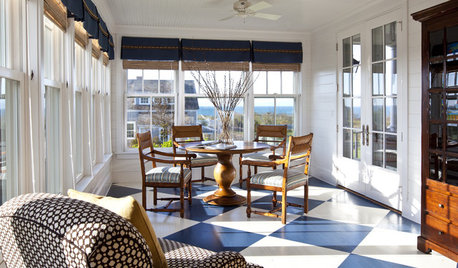
FLOORSHow to Paint Your Hardwood Floors
Know how to apply nail polish? Then you can give your wooden floors a brand-new look
Full Story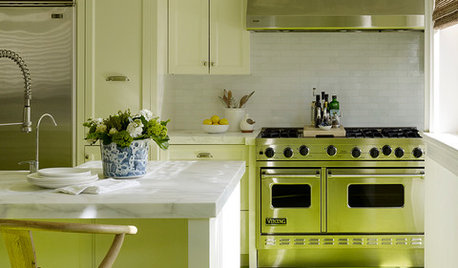
KITCHEN DESIGNEye-Catching Colors for Your Kitchen Floor
Revitalize a tired wooden floor with a paint or stain in an unexpected color
Full Story
STAIRWAYSThe Upstairs-Downstairs Connection: Picking the Right Stair Treatment
Carpeting, runner or bare wood? Check out these ideas for matching your staircase floor treatment to upstairs and downstairs flooring
Full Story
HOUSEKEEPINGHow to Clean Hardwood Floors
Gleaming wood floors are a thing of beauty. Find out how to keep them that way
Full Story
MATERIALSWhat to Ask Before Choosing a Hardwood Floor
We give you the details on cost, installation, wood varieties and more to help you pick the right hardwood flooring
Full Story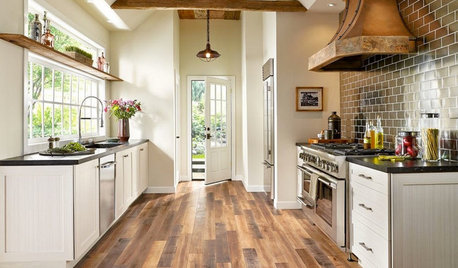
MOST POPULARPros and Cons of 5 Popular Kitchen Flooring Materials
Which kitchen flooring is right for you? An expert gives us the rundown
Full Story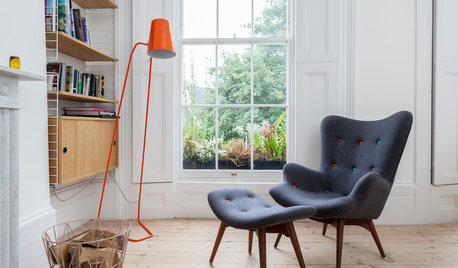
FLOORS10 Ways to Make the Most of Your Home’s Original Floors
Save yourself the cost of replacing your old floorboards with these tips for a new finish
Full Story









bigdoglover